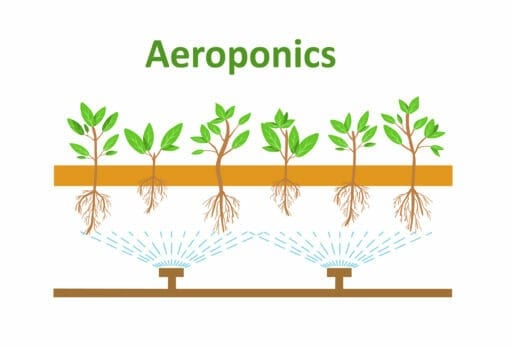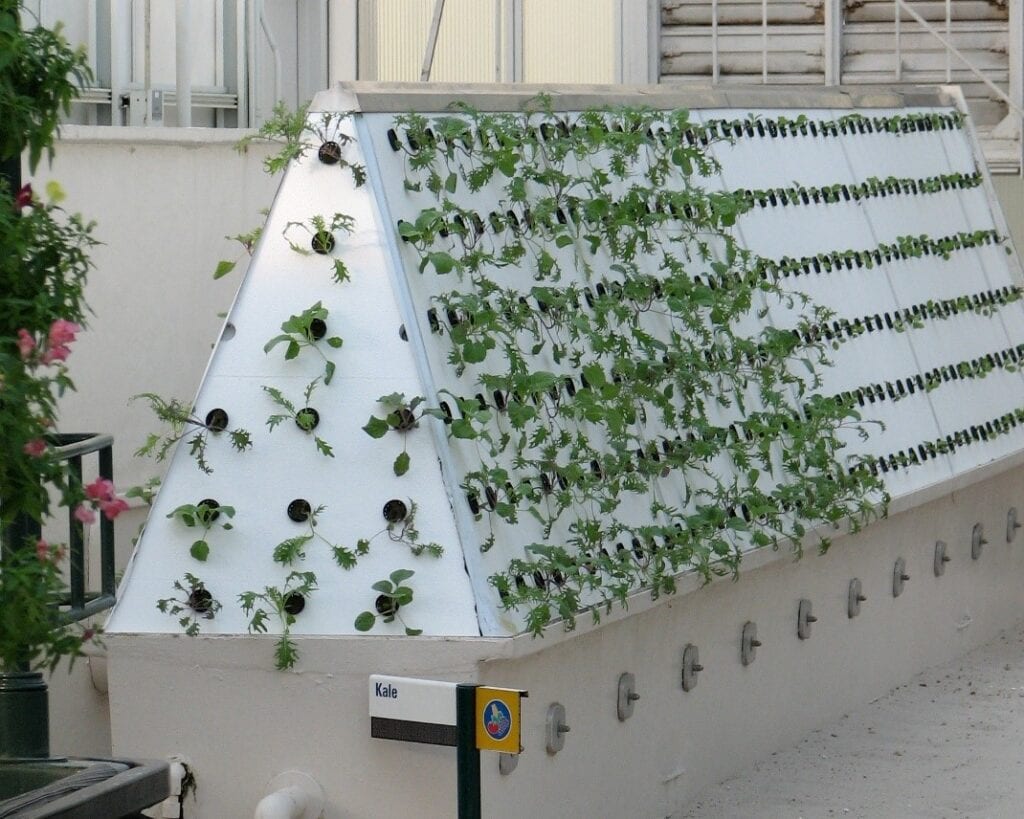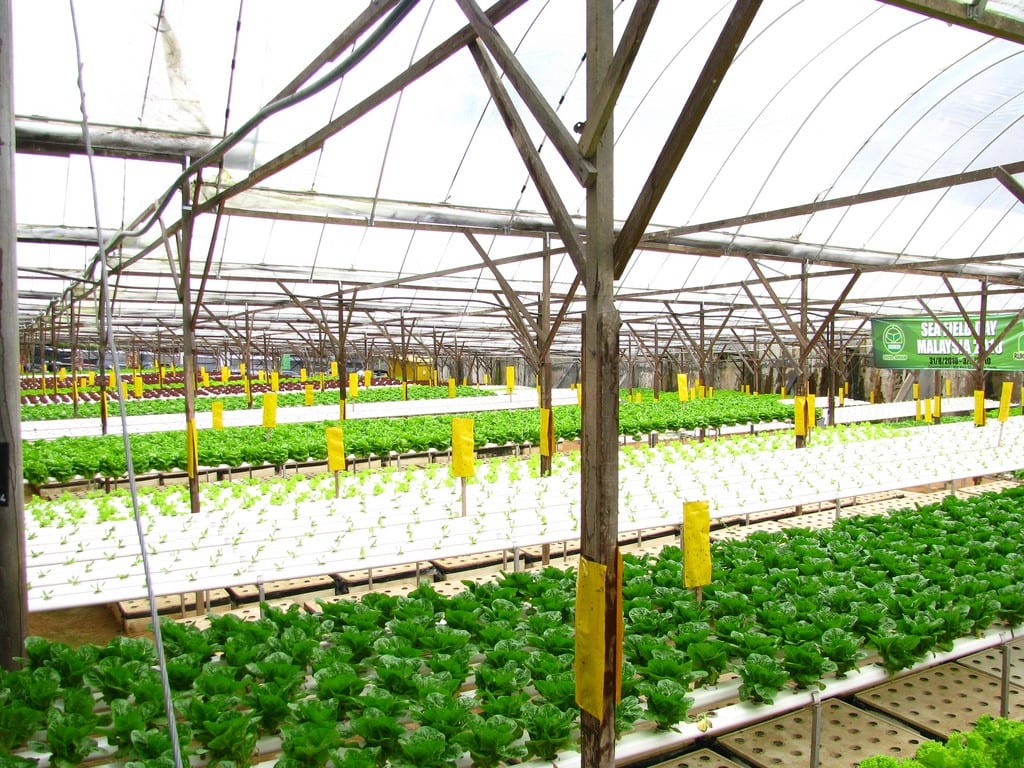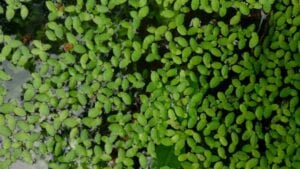3. Aeroponics
The space-age IRA cousin…? No, but perhaps a space-saving cousin…!
Often confused with hydroponics, aeroponics is a soil-less and medium-less growing system that allows plants to be grown vertically in columns.
In a typical aeroponics system, plants are suspended over reservoir, with their roots inside a tightly sealed container. A pump and sprinkler system creates vapor out of a nutrient-rich solution, spraying it over the dangling plant roots.

Aeroponic Advantages:

- Fastest plant growth possible. Thanks to the roots being unencumbered by growth media (soil, et al.), they are constantly oxygenated, which creates optimal growth conditions.
- Easy system maintenance. Other than cleaning spray heads and disinfecting the root chamber, maintenance is low.
- Less need for nutrients and water. Aeroponic plants need less nutrients and water on average, and because the nutrient absorption rate is higher (through the naked roots), plants usually respond to aeroponic systems by growing even more roots.
- Entire nurseries can be moved with little effort and no plant loss.
- Low space requirement. Thanks to vertical growing and being a modular system, any and all space available to you can be used with extreme efficiency, meaning higher yields per square foot.

Aeroponic Disadvantages:
- More technical to construct and maintain.
- Cleaning and maintenance required.
- High cost.
Growing Algae
In tanks or ponds, aquatic plants can convert staggering amounts of wastewater nutrient into biomass. Some of these are more useful than others and can even be used for human, fish, and animal feed, fertilizer, and biofuel.
Algae are some of the fastest growing life-forms on earth. Their biomass can double every 24 hours under optimal conditions, and they can absorb massive amounts of waste nutrients and clean large amounts of water.
Algae can be easily grown in conjunction with any IRA system to recapture waste nutrients and provide fish and animal food for free.
Duckweed, a flowering aquatic plant also known as water lenses, offers the following benefits, for example:

- Water filter (wastewater treatment)
- Mosquito prevention
- Algae growth prevention
- Reduces evaporation on bodies of water
- Cost effective renewable energy (biofuel)
- Free animal feed
- Free nutrient-rich food supplement for humans (one species is used as a vegetable in Burma, Laos, and Thailand, with a flavor similar to sweet cabbage; another is known as the “eggs of the water,” thanks to the super-high protein content, and has recently come to popularity as a protein alternative)
Duckweed grown under ideal conditions and harvested regularly will have a fiber content of 5% to 15%, a crude protein content of 35% to 43%, and a polyunsaturated fat content of about 5%, depending on the species involved.
Once your system is up and running, it should only require minutes of attention each day, plus the occasional stocking of fish or seedlings every few weeks. The only other chore is harvesting your bounty of fresh nutritious produce and healthy protein whenever you want it.
